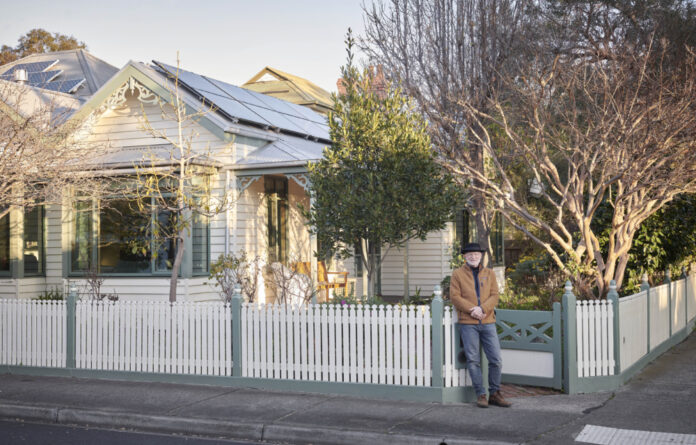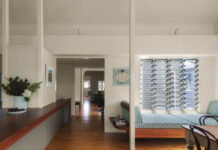[ad_1]
How To Improve Australia’s Poorly-Built Houses, With Energy Advisor Tim Forcey
Podcast



Australian homes have historically been poorly built and extremely energy inefficient, but Tim Forcey and members of his popular Facebook group My Efficient Electric Home (MEEH) know they don’t have to be.
In the latest episode of our TDF Talks podcast, the chemical engineer and independent energy advisor shares how to improve the energy efficiency and running costs of your home to benefit your health, finances, and the future of the planet.
Read our top three takeaways from the interview below, and listen to the new episode on Spotify and Apple Podcasts — we guarantee you’ll feel empowered and inspired to make a change!
Why a reverse air conditioner is the most underrated way to heat your home:
It’s a common perception among many Australians that ducted gas heating is the best way to warm homes. In the past this may have been true from a financial standpoint, but Tim says the price of gas has risen far beyond that of electricity in recent years.
‘In 2015, we found that people in Melbourne and Canberra and all around the place could heat their homes with a reverse cycle air conditioner for a third of the cost of using gas,’ says Tim, who authored a 2015 study about heating running costs for Melbourne University.
‘All across Australia we keep putting in reverse cycle air conditioners for summer cooling, but we haven’t told a lot of those people, “Hey, you’re sitting on the cheapest way to heat your house”… It’s a good news story from a climate and emissions point of view, but also a good news story for people’s back pockets.’
What renters can do to improve their home’s comfort and efficiency:
If your rental property has a reverse cycle air conditioner – use it for heating!
To reduce your use of gas, you might also consider purchasing a portable induction cooktop for cooking, which start from around $50 and will cost you a lot less in energy bills than a gas cooktop.
If you have any rarely used windows, Tim also suggests insulating these with bubble wrap. ‘You get a spray bottle of water, you squirt squirt squirt on the window and cut the bubble wrap to fit and boom — you just stick it to the glass,’ he says. ‘That’s almost as good as double glazing and you haven’t spent $30,000. You’ve spent nothing because some bubble wrap came in the mail!’
Why clothes dryers aren’t as bad as you think:
Clothes dryers have long been considered terribly inefficient to run, but not all are created equal.
Tim is an advocate of using heat pump dryers to dry clothes, especially in locations where it’s too cold or wet to hang items outside. Rather than releasing warm, humid air through a dryer vent as a conventional dryer does, a heat pump dryer sends it through an evaporator to remove the moisture, without losing too much heat. The moisture is collected in an onboard water tank, instead of vented into the room.
‘Don’t hang clothes around the house to dry with the windows closed because that can lead to very bad moisture outcomes … It ends up in your closets, so then there’s mould on your leather goods, or it can contribute again to asthma and dust mites and bad health outcomes,’ says Tim.
Some heat pump dryer models have nine and even 10-star energy ratings, as opposed to two stars, which is typical for a traditional vented dryer.
Listen to the full podcast interview with Tim Forcey on TDF Talks via Spotify or Apple Podcasts.
Momentum Energy is owned by Australia’s largest renewable energy generator and offers accredited GreenPower. Sign up to one of Australia’s greenest power companies.
[ad_2]
thedesignfiles.wpenginepowered.com










